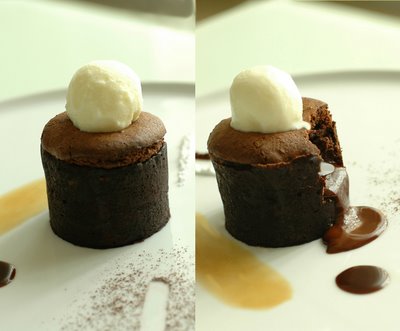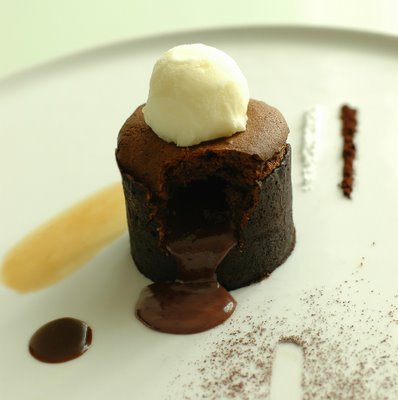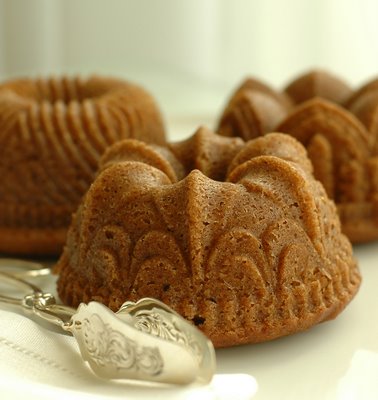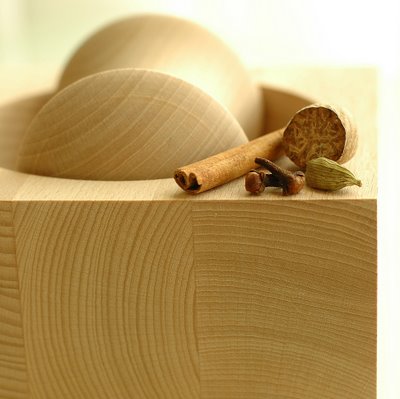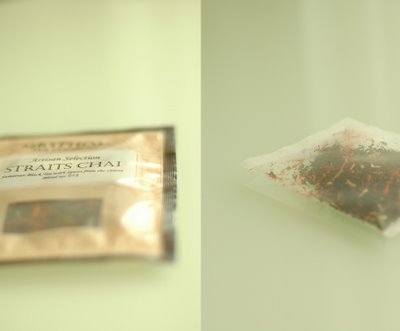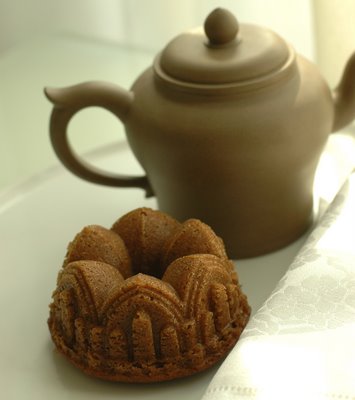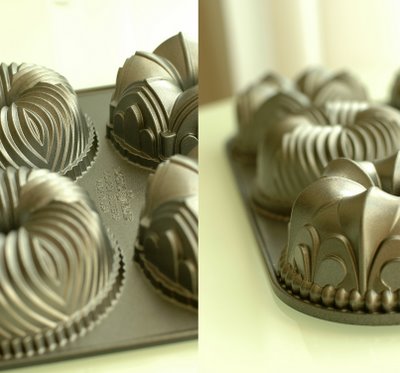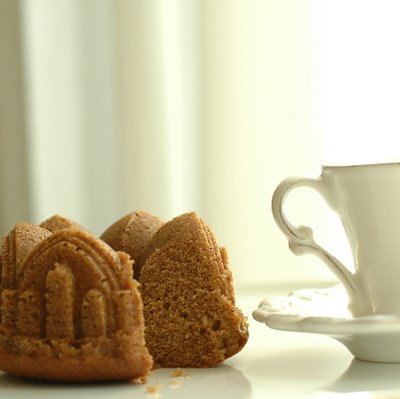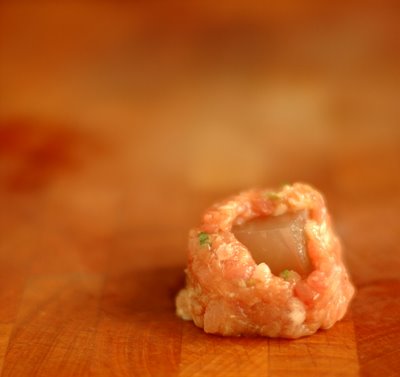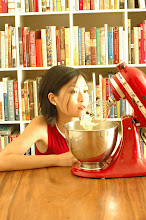Peanut Nougatine & Chocolate Millefeuille; Toasted Peanut Infusion
 We were privy to the most stupendously delicious pizza lunch hosted by Chubby Hubby and his fabulous wife S. Hand-crafted by S (ever met a Manolo-shod fashionista who also happens, amongst other things, to be one fine pizzaiola? here you go), each and every of the sublime pies was strewn with an insanely generous shower of summer truffle shavings. Surely, the very definition of casual luxury.
We were privy to the most stupendously delicious pizza lunch hosted by Chubby Hubby and his fabulous wife S. Hand-crafted by S (ever met a Manolo-shod fashionista who also happens, amongst other things, to be one fine pizzaiola? here you go), each and every of the sublime pies was strewn with an insanely generous shower of summer truffle shavings. Surely, the very definition of casual luxury.Knowing what was on the menu, I couldn't turn up empty-handed. Knowing what was on the menu, I also knew we would all be very stuffed (and very happily so) by the end of lunch. So dessert would need to be something decadent but pretty much over in two bites.
Or, as it turns out, two bites and a gulp.
Based on another Michel Bras recipe, this time from Essential Cuisine: Michel Bras. A beautiful volume, the dessert chapter is truly something else. While the recipes are written in the same crisp, succinct fashion as those of The Notebooks of Michel Bras: Desserts, the presence of dreamy photographs extravagantly sprawled across double page spreads makes the book that much more inviting to pick up and use.
If you enjoy mucking about with caramel, the nougatine layers are really fun. First make a peanut pâte sablée. This dough is rolled out, baked till golden, then crumbled and rubbed through a medium sieve - try to resist eating too much of it as it emerges from the oven, short, buttery and deliciously spiked with sea salt. Then caramelize some sugar and mix in the pâte sablée crumbs. This mixture is thinly spread between two pieces of baking parchment then reheated in the oven so it once again becomes pliable. Working quickly before it gets a chance to cool too much and stiffen, roll the nougatine between the parchment pieces to get the sheet even thinner before peeling off the topmost piece of parchment and scoring the nougatine into rectangles each measuring a mere 4 by 8 cm - a long metal or wooden ruler is very useful here.
The original recipe alternates the nougatine layers with a crème fromagère made with fromage blanc. But as I love the combination of peanuts and chocolate, and happened to have on hand chocolate crème pâtissière flavoured with Amedei's Chuao - my new favourite bittersweet chocolate - made earlier in the week for filling éclairs, I decided to use it in place of the crème fromagère.
 The peanut nougatine millefeuille is accompanied by a chilled toasted peanut infusion. Rich and creamy, it's best served in shot glasses.
The peanut nougatine millefeuille is accompanied by a chilled toasted peanut infusion. Rich and creamy, it's best served in shot glasses. The flavour of the infusion really depends on the degree to which the peanuts have been toasted. So a bit of care needs to be taken when the shelled peanuts are in the oven; they need to be turned regularly to ensure even colouring. Otherwise, the infusion is really simple to make. Simply heat milk, cream and sugar together. When it comes almost to a simmer, take the pan off heat and add the toasted peanuts, then cover and let stand for at least 10 minutes before straining and chilling. For a more pronounced flavour, you could grind the toasted peanuts to a fine powder first before adding to the milk, and letting the mixture steep for longer (as long as overnight; let cool to room temperature before storing in the fridge ) before straining.
The flavour of the infusion really depends on the degree to which the peanuts have been toasted. So a bit of care needs to be taken when the shelled peanuts are in the oven; they need to be turned regularly to ensure even colouring. Otherwise, the infusion is really simple to make. Simply heat milk, cream and sugar together. When it comes almost to a simmer, take the pan off heat and add the toasted peanuts, then cover and let stand for at least 10 minutes before straining and chilling. For a more pronounced flavour, you could grind the toasted peanuts to a fine powder first before adding to the milk, and letting the mixture steep for longer (as long as overnight; let cool to room temperature before storing in the fridge ) before straining.


